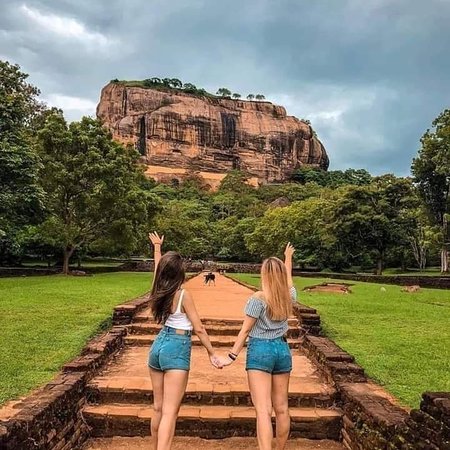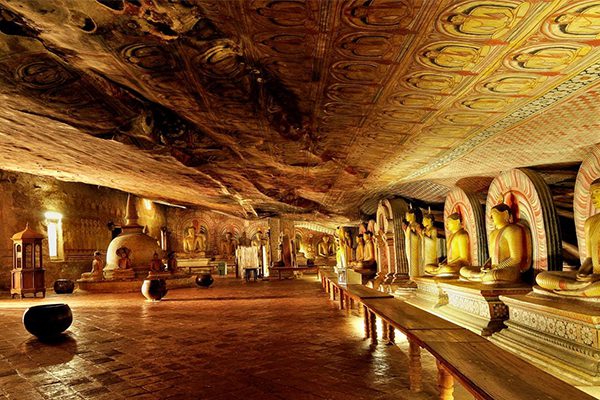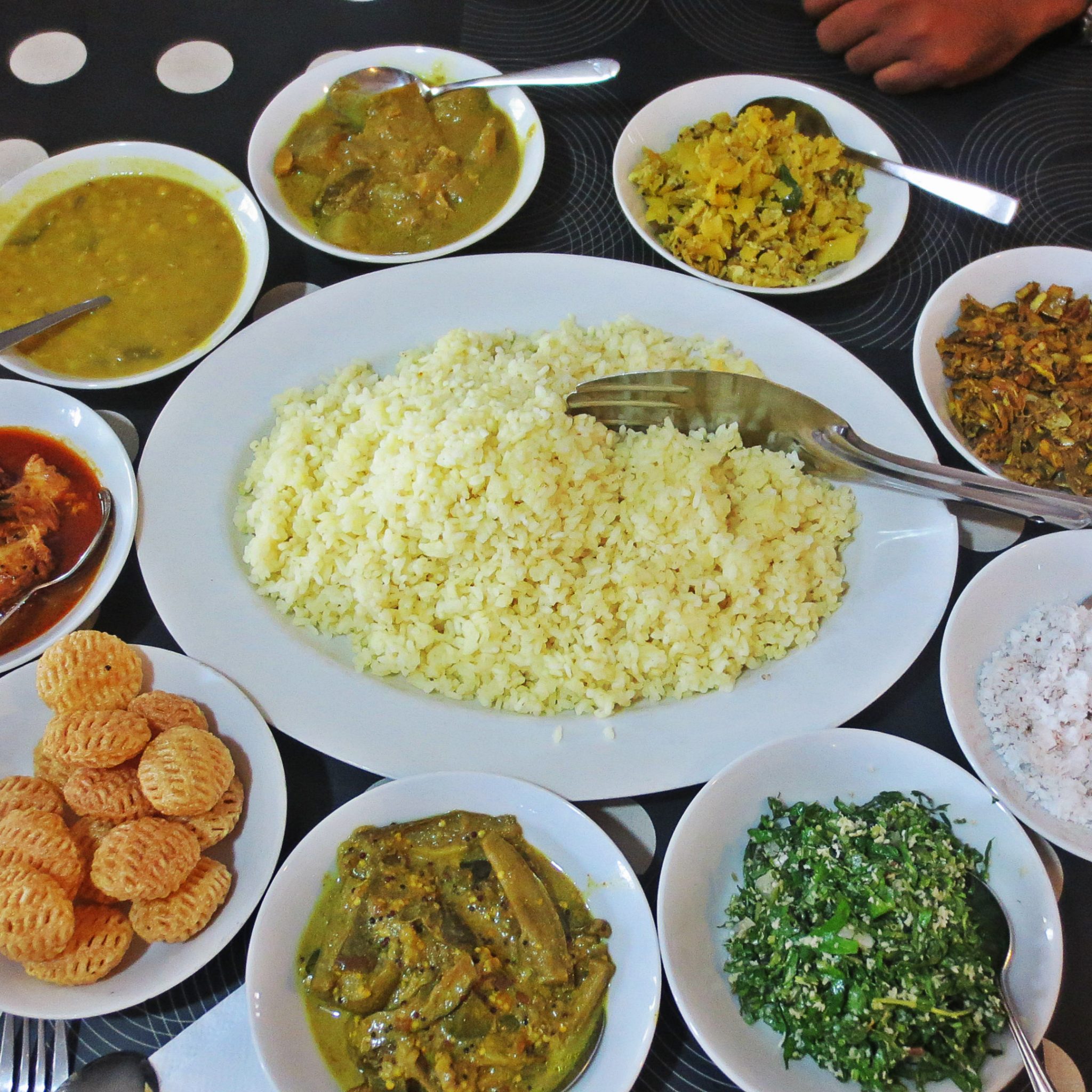01 Day
Daily Tour
Unlimited
English
Explore the marvels of Sri Lanka’s cultural heritage on a captivating Sigiriya and dambulla day tour organized by Lanka Tour Host. This comprehensive excursion promises a full day of discovery, blending history, nature, and cultural immersion into a seamless experience.
1. Sigiriya Rock Fortress: Embark on an ascent of Sigiriya Rock Fortress, an ancient citadel towering majestically amidst lush greenery. Discover its fascinating history, admire the intricate frescoes on the rock face, and reach the summit for panoramic views of the surrounding landscape.
2. Dambulla Cave Temple: Visit the UNESCO-listed Dambulla Cave Temple, renowned for its series of cave shrines adorned with exquisite Buddhist murals and statues. Explore centuries-old artwork and soak in the spiritual ambiance of this sacred site.
3. Lunch: Indulge in a delectable Sri Lankan lunch at a local restaurant, offering authentic flavors amidst a serene setting.
4. Inamaluwa Batik Factory Visit: En route, stop at a Batik factory in Inamaluwa to witness the intricate process of Batik-making. Learn about this traditional art form and browse a range of colorful Batik creations, perfect for souvenirs or gifts.
5. Inclusions: Entrance fees to Sigiriya Rock Fortress and Dambulla Cave Temple are included, ensuring seamless access and a hassle-free exploration of these iconic sites.

Sigiriya, often referred to as the "Eighth Wonder of the World," is a UNESCO World Heritage site and one of Sri Lanka's most iconic landmarks. Rising dramatically from the central plains, this ancient rock fortress is a testament to the island's rich history, engineering marvels, and artistic ingenuity.
Historical Significance: Built by King Kasyapa in the 5th century AD, Sigiriya served as the capital of his kingdom for a brief but influential period. The site features remnants of a royal palace complex, extensive gardens with sophisticated irrigation systems, and stunning frescoes that depict celestial maidens, providing a glimpse into ancient Sinhalese artistry and court life.
Architectural Marvel: The highlight of Sigiriya is its sheer rock face, which rises 200 meters above the surrounding landscape. Visitors can ascend through a series of staircases and galleries carved into the rock, passing by intricate water gardens, frescoed caves, and the famous Mirror Wall adorned with ancient graffiti and poems.
The Lion's Gate: At the summit awaits the remnants of the Lion's Gate, the original entrance to the palace complex, flanked by two enormous lion paws. Although the lion's head that once crowned the entrance has weathered away, the site's imposing presence still evokes a sense of awe and grandeur.
Natural Beauty: Surrounded by lush greenery and panoramic views of the countryside, Sigiriya offers not only historical intrigue but also breathtaking natural beauty. The climb to the top rewards visitors with sweeping vistas of the Sigiriya Plains and nearby ancient monuments, making it a photographer's paradise and a peaceful retreat into Sri Lanka's serene landscapes.
Cultural Legacy: Today, Sigiriya stands as a testament to Sri Lanka's cultural heritage and continues to attract visitors from around the world, drawn by its historical significance, architectural splendor, and natural allure. It remains a symbol of the island's ancient glory and a must-visit destination for those exploring Sri Lanka's rich history and artistic traditions.

The Dambulla Cave Temple, also known as the Golden Temple of Dambulla, stands as a remarkable testament to Sri Lanka's rich cultural and religious heritage. Located in the central part of the island, this UNESCO World Heritage site is renowned for its complex of cave shrines adorned with intricate Buddhist murals and statues.
Historical and Cultural Significance: Dating back to the 1st century BCE, the Dambulla Cave Temple holds a history that spans over two millennia. It was originally established as a refuge for King Valagamba, who sought protection and later transformed the caves into a religious sanctuary. Over the centuries, successive kings contributed to its development, resulting in a collection of five cave temples that showcase a fusion of artistic styles and religious devotion.
Architectural Marvel: Carved into a massive granite outcrop, the cave temples of Dambulla feature over 150 Buddha statues in various sizes, along with intricate ceiling paintings that depict scenes from the life of Buddha and other religious motifs. The statues and paintings exemplify the evolution of Sinhalese Buddhist artistry, showcasing influences from Indian Buddhist traditions as well as unique local innovations.
The Five Caves: Each of the five caves at Dambulla has its own distinct character and artistic treasures:
Spiritual and Cultural Experience: Visiting Dambulla Cave Temple offers not only a glimpse into Sri Lanka's ancient religious practices but also a serene retreat amidst natural beauty. The temple complex is surrounded by lush greenery and offers panoramic views of the countryside, providing a tranquil setting for contemplation and reflection.

Lunch in Gimanhala Restaurant (Buffet Lunch)
The average time to climb Sigiriya Rock is about 1.5 to 2 hours, depending on your pace and the crowds. It involves ascending steep staircases and pathways with stops at key points of interest, including the frescoes and the summit.
Yes, visitors are required to dress modestly when visiting Dambulla Cave Temple. This means covering your shoulders and knees. It's also respectful to remove hats and shoes before entering the cave temples.
Yes, it's possible to visit both Sigiriya and Dambulla Cave Temple in a single day trip. Many tour operators offer combined tours that include transportation, entrance fees, and guided visits to both sites, often including a lunch break and other stops along the way.
It's recommended to bring comfortable walking shoes, sunscreen, a hat, and plenty of water, especially if you plan to climb Sigiriya Rock during the hotter parts of the day. A camera or smartphone for capturing the stunning views and artwork is also essential.
Yes, photography inside the caves at Dambulla is generally not allowed. This rule helps preserve the delicate ancient paintings and sculptures. However, you can take photos outside the caves and in the temple grounds.